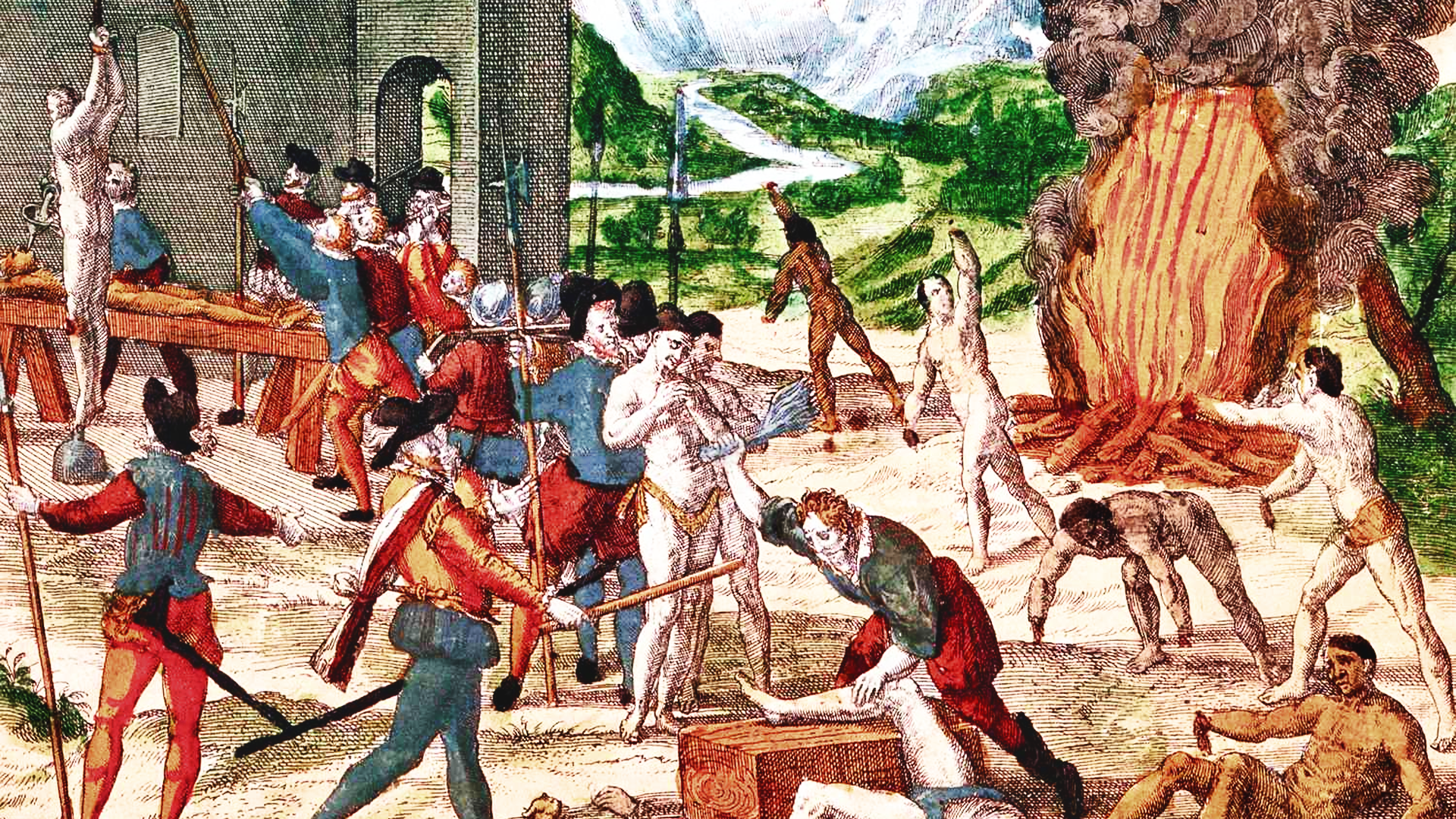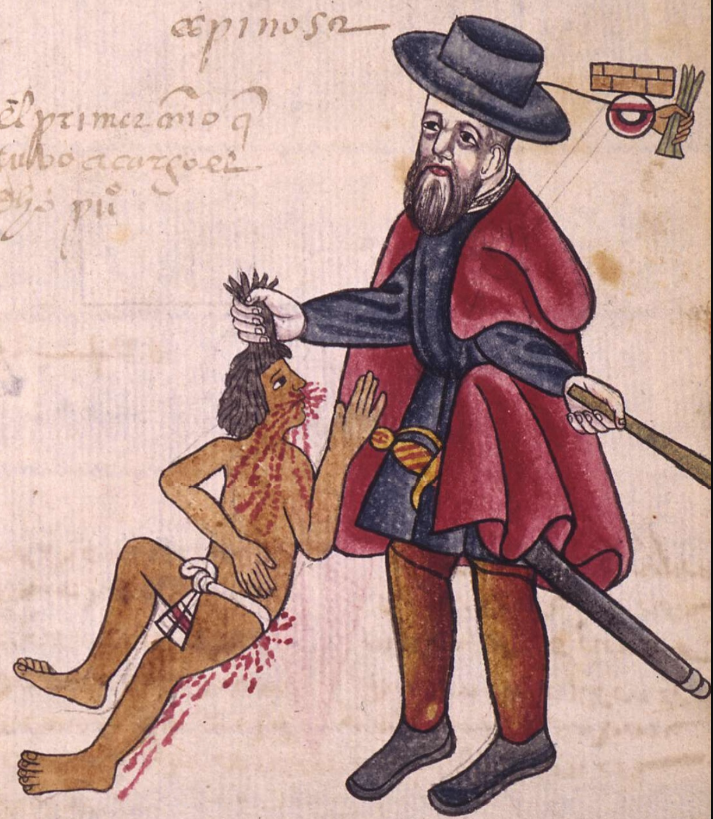The Encomienda System: Empire, Labor, and the Roots of Colonial Slavery

The encomienda system led to widespread abuse, forced labor, and cultural destruction.
The Dive
The encomienda system was introduced in the Americas in 1503 by the Spanish crown. Modeled after feudal labor practices used during the Reconquista, it granted Spanish conquistadors and elites the right to extract labor and tribute from Indigenous communities in return for 'protection' and religious instruction.
In theory, encomenderos were expected to care for the people entrusted to them—teaching Catholicism and shielding them from hostile tribes. In practice, it became a system of coerced labor, with Indigenous peoples forced into grueling work in mines and plantations. Abuse was widespread.
The first official attempt to curb these abuses came in 1512 with the Laws of Burgos, which set limits on work hours and required humane treatment. But enforcement was weak, and encomenderos often ignored the rules.
By 1542, Spain passed the New Laws of the Indies, declaring that Indigenous peoples were not slaves and that encomienda labor was not inheritable. These reforms, influenced by figures like Bartolomé de las Casas, sparked backlash from encomenderos, many of whom violently resisted change.
While some Spaniards justified the system as a civilizing mission, the economic motives were clear: mining and agriculture needed cheap labor. Encomenderos profited, the Spanish crown collected wealth, and Indigenous societies were shattered.
Mixed-race individuals (mestizos) were excluded from the encomienda system, prompting intermarriage as a survival strategy for some Indigenous families. But the system still diluted Native cultures, languages, and sovereignty.
The encomienda system's legacy is profound. It was one of the first race-based forced labor systems in the Americas, serving as a precursor to African slavery and the plantation economy that followed.
Though officially phased out by the late 1700s, the values embedded in the encomienda system—racial hierarchy, economic exploitation, and imperial entitlement—left long-lasting scars on the Americas and shaped future systems of oppression.
Why It Matters
The encomienda system didn’t just mine gold—it extracted identity, agency, and life from millions of Indigenous people. It set the stage for centuries of racialized labor systems in the Americas and forces us to reckon with how power, profit, and colonialism have shaped the modern world. Understanding its legacy is essential to understanding the roots of inequality in the Western Hemisphere.
?
How did the encomienda system reflect Spain’s goals for empire-building in the New World?
What role did religion play in justifying forced labor systems like encomienda?
How did Indigenous peoples resist or adapt to the encomienda system?
In what ways did the encomienda system influence later systems of slavery in the Americas?
Dig Deeper
Crash Course explains how the Spanish empire's thirst for silver fueled global inflation—and how systems like encomienda helped drive that exploitation.
Related

Human Rights
Human rights are the basic freedoms and protections that belong to every person on Earth. They help keep people safe, ensure dignity, and make freedom, justice, and peace possible. But these rights aren’t just given—they must be understood, protected, and defended by all of us.

The Columbian Exchange: When Worlds Collided
When two previously isolated worlds collided in 1492, the resulting biological, cultural, and economic transformation reshaped every corner of the globe. The Columbian Exchange was not just a swap—it was a world-changing, world-breaking chain reaction.

The Market Revolution: How Innovation Transformed America
In the early 1800s, America changed from a land of small farms to a booming nation of factories, railroads, and markets. The Market Revolution connected people, goods, and ideas—while also revealing deep inequalities in who benefited from progress.
Further Reading
Stay curious!
